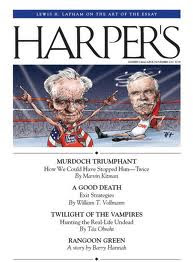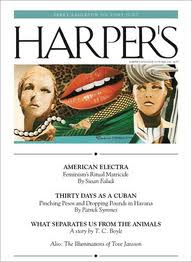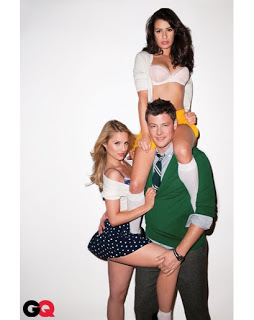
This is a famous novel of 1980s New York.
It’s main character is Sherman McCoy, a fabulously wealthy bond trader with a fashionable wife and a younger mistress. It’s all feels very apropos our current obsession with filthy bankers. There’s lots of shouting and making huge amounts of money for not too damn much in the way of actual work. However, they occasionally break off from this mythic money making to use a pay phone, or to send a fax, which gives the whole thing a sweetly quaint air.
One day, Sherman picks his mistress up at the airport in his Mercedes sportscar, and they get lost in the Bronx. They hit a young black man and leave the scene. The story follows the collapse of Sherman’s life as this incident is investigated and prosecuted.
It’s an immensely cynical novel. There is not a single character in it who is no driven by ulterior motives: the criminal case is twisted by all sorts of people (journalists, ministers, judges) for their own personal gain. This dark view of the city and the era is so insistent, and so powerfully stated, and re-stated, and stated again just in case we missed it, that I kept expecting Sherman to finally change, to grow, to provide some kind of climax or rebuke to this world, if only because it seemed artistically necessary, after 713 pages of gloom. Not so: Sherman is crushed by events, no doubt just as he deserves.
There are women in this book, and they come in two varieties: no, not the usual madonna or whore, but pretty or ugly. That’s pretty much it for the women. All the men, no matter how differently their characters are drawn, share the same view of women. That is, they like to view them, but only if they are under 25. All married men are by definition unhappy apparently. I think I can guarantee that Tom Wolfe is unmarried, or if he is married, that the lady is a good bit younger than he is.
VICTORIANA ALERT! Apparently Wolfe was inspired to write this book in part by Thackeray’s VANITY FAIR. He wanted to write a great novel of the city, of New York, and was inspired by the older novel’s presentation of London. This gives us an interesting perspective on the title. Extra points for naming main female character in Vanity Fair. NO GOOGLING.








